Athens might be democracy’s birthplace, yet experiencing its ancient treasures doesn’t have to break the bank. Sure, the city’s major archaeological sites charge entrance fees that’ll quickly add up, though savvy travelers know there are plenty of ways to experience these incredible ruins without spending a dime.
From official free admission days to clever viewpoints and lesser-known sites, the ancient world opens its doors to those who know when and where to look. Most guidebooks focus on the paid attractions. However, Athens rewards the resourceful traveler with countless opportunities to connect with its 2,500-year history.
Here is a list of 17 ways to explore Athens’ magnificent ruins completely free of charge.
Acropolis on Free Admission Days
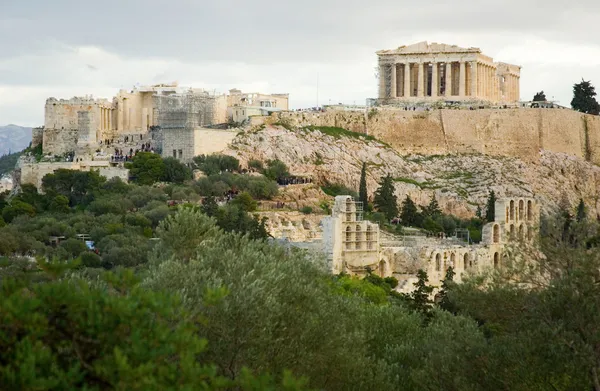
You can visit the Acropolis for free on March 6 (honoring Melina Mercouri), April 18 (International Monuments Day), May 18 (International Museums Day), plus the last weekend of September (European Heritage Days), October 28, and the first Sunday of each month from November through March.
These designated free days draw both locals and tourists, so you’ll want to arrive early to beat the crowds. The experience? Exactly the same as paid visits, with full access to the Parthenon, Erechtheion, and other iconic structures.
Ancient Agora Free Access Days
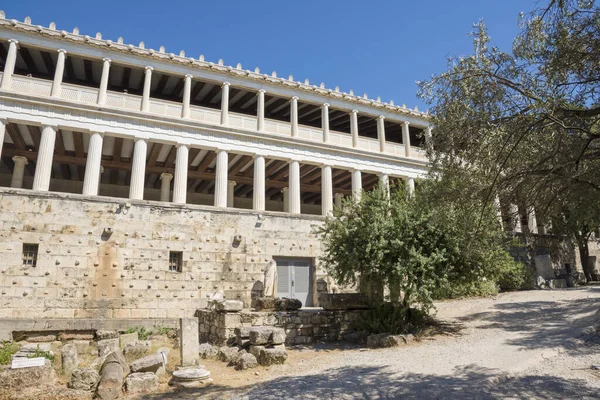
The Ancient Agora — where democracy was actually born — opens its gates for free on the same designated days as the Acropolis. This sprawling site includes the beautifully preserved Temple of Hephaestus plus the reconstructed Stoa of Attalos.
Honestly, it offers a more intimate experience than the Acropolis, allowing visitors to wander through the heart of ancient Athenian political and commercial life.
Like Travel Pug’s content? Follow us on MSN.
Roman Agora Without Admission
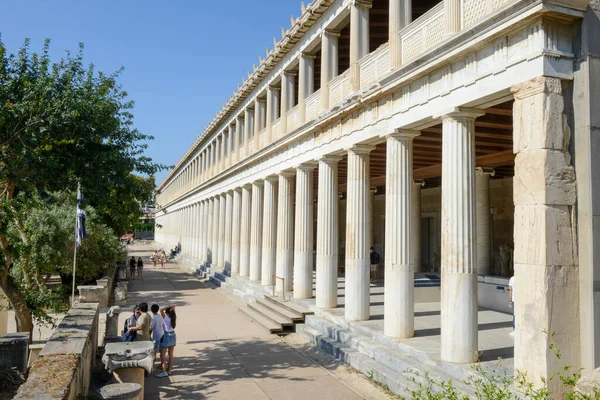
The Roman Agora becomes accessible on official free days, revealing the Tower of the Winds alongside remnants of Hadrian’s civic improvements to Athens. This smaller but significant site showcases the Roman period’s impact on the city.
Free access includes the same comprehensive experience as paying visitors, with opportunities to explore the ancient marketplace and its remarkable octagonal tower.
Temple of Olympian Zeus Free Days
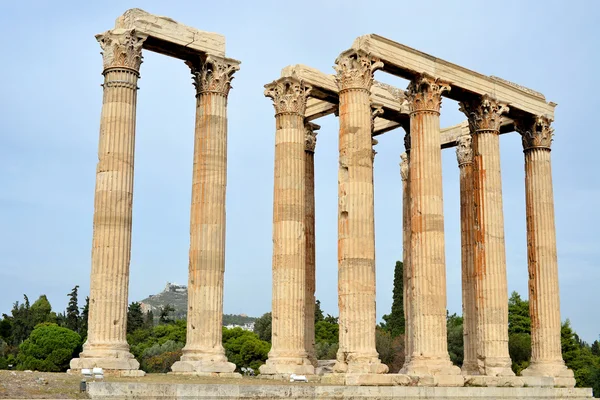
The Temple of Olympian Zeus — once Greece’s largest temple — is included in the free admission days. Those towering columns that remain from this massive structure provide a glimpse into the ambition of ancient architects.
Visitors can walk among the ruins and imagine the temple’s original grandeur during these free access periods.
Kerameikos Cemetery Free Access
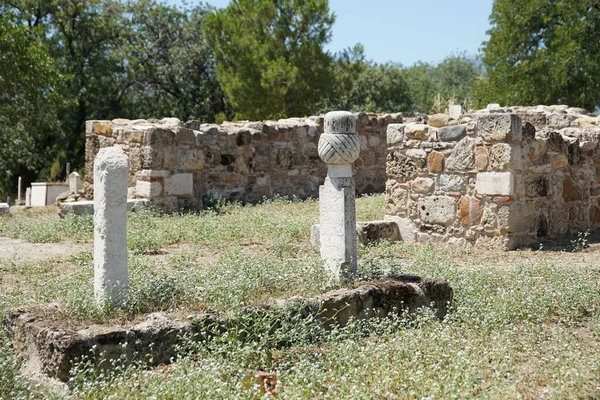
The ancient cemetery of Kerameikos opens for free exploration on designated days, offering insights into ancient burial customs alongside city defenses. The site includes well-preserved tombs, monuments, plus sections of the historic city wall.
This often-overlooked archaeological area provides a quieter alternative to the busier sites while maintaining serious historical significance.
Like Travel Pug’s content? Follow us on MSN.
Hadrian’s Library Free Entry

Hadrian’s Library, built in 132 AD as a civic center containing not only a library but also music and lecture auditoriums, becomes accessible during free admission days. The ruins include remains of two early churches — one that many believe to be Athens’ oldest Christian church.
The site demonstrates how the city evolved through different historical periods.
Lykeion Archaeological Site
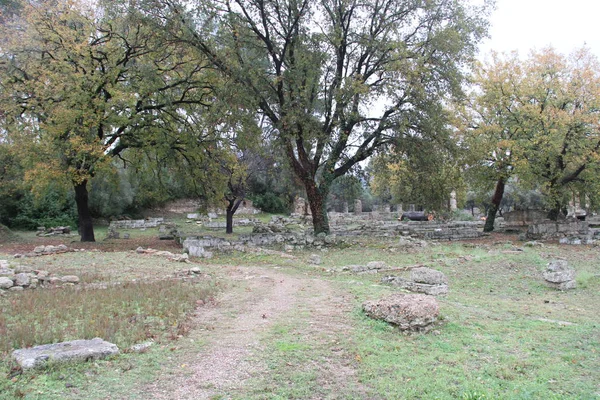
The Lykeion, where Aristotle founded his philosophical school, becomes accessible during free admission periods. This vital archaeological site allows visitors to walk where foundational ideas in Western philosophy were born.
The experience connects modern visitors directly to the intellectual heritage of ancient Athens.
Hadrian’s Arch Street View
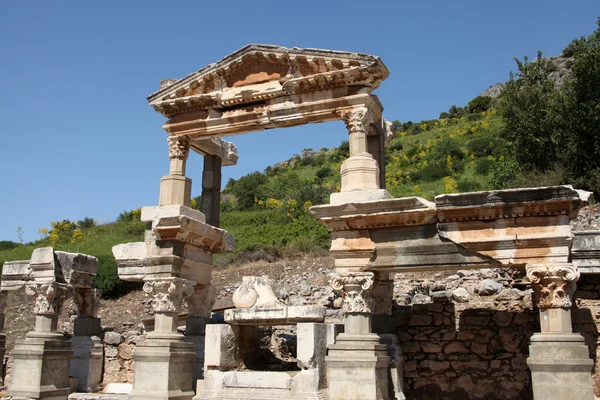
Hadrian’s Arch stands freely accessible year-round, positioned at the boundary between ancient and Roman Athens. This magnificent marble gateway requires no admission fee whatsoever and offers excellent photo opportunities.
The arch provides historical context for the nearby Temple of Olympian Zeus while marking the entrance to Hadrian’s new city district.
Like Travel Pug’s content? Follow us on MSN.
Acropolis Views from Philopappos Hill
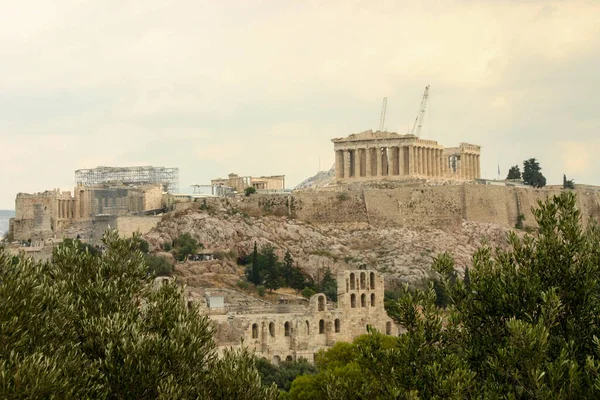
Philopappos Hill offers spectacular free views of the Acropolis while providing access to the Philopappos Monument ruins. The hill itself contains multiple archaeological remains, including ancient walls and foundations.
This vantage point allows visitors to appreciate the Acropolis’s strategic position while exploring lesser-known ancient structures.
Ancient Walls Around the City
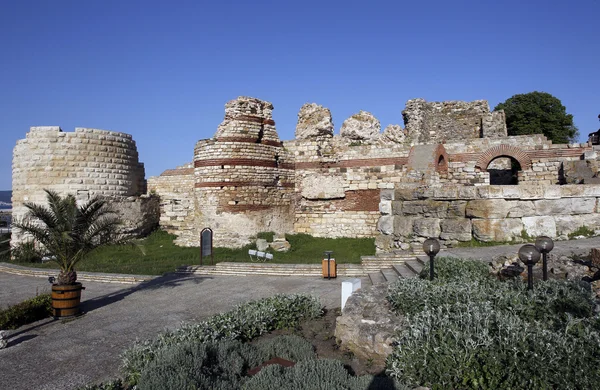
Remnants of ancient Athenian walls can be found throughout the city, accessible without any admission fees. These defensive structures tell the story of Athens’ military history and urban development.
Walking tours can connect multiple wall sections, creating a comprehensive understanding of ancient Athens’ boundaries plus protection systems.
Panathenaic Stadium Exterior
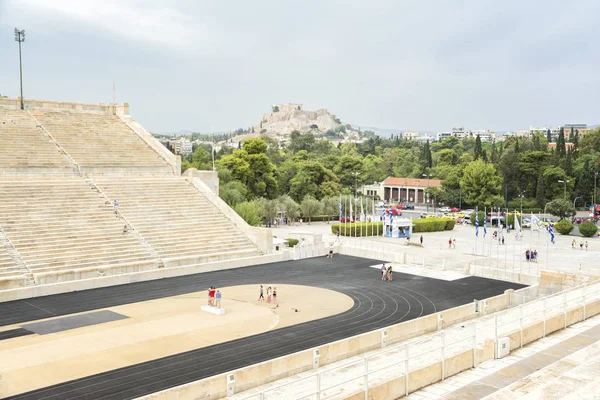
The Panathenaic Stadium — built entirely of marble and site of the first modern Olympic Games in 1896 — can be appreciated from multiple free viewpoints around its perimeter. The stadium’s exterior showcases the impressive marble construction and Olympic heritage.
Street-level views provide excellent photo opportunities plus historical context without requiring admission.
Like Travel Pug’s content? Follow us on MSN.
Church of Agioi Apostoloi
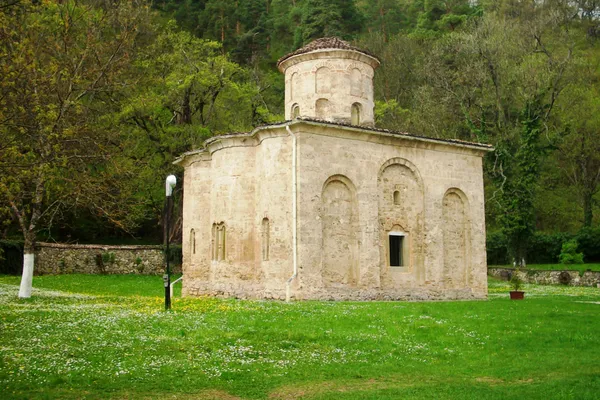
This Byzantine church within the Ancient Agora area remains visible during free access days as part of the comprehensive site experience. The Church of Agioi Apostoloi is one of Athens’ oldest churches and represents the Byzantine period of the city’s history.
The church demonstrates the continuity of religious practice in ancient spaces.
Library of Hadrian Street Views
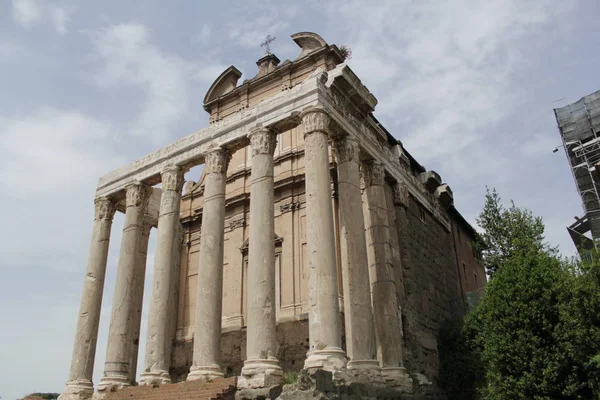
While full access requires admission, significant portions of Hadrian’s Library can be viewed and photographed from surrounding streets. The impressive columns plus architectural details remain visible from multiple public vantage points.
This approach allows visitors to appreciate the Roman emperor’s contribution to Athenian culture without paying entrance fees.
Theater of Dionysus Free Days
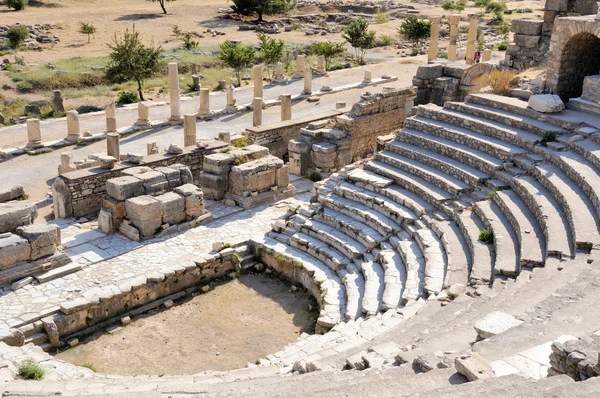
The Theater of Dionysus — birthplace of drama — becomes accessible during official free admission days as part of the Acropolis site. This ancient theater allows visitors to sit where the works of Sophocles, Euripides, and Aristophanes were first performed.
The experience connects modern audiences directly to the origins of theatrical tradition.
Like Travel Pug’s content? Follow us on MSN.
Odeon of Herodes Atticus Views
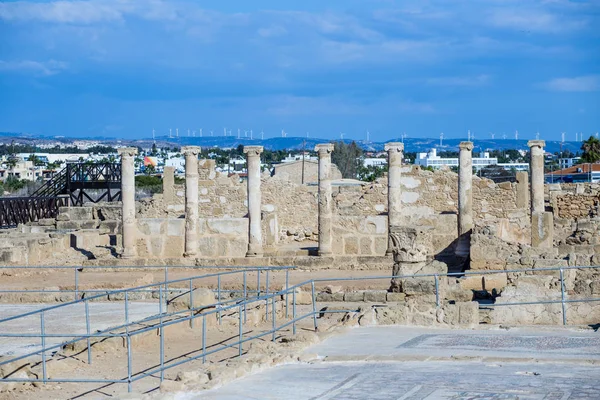
The Odeon of Herodes Atticus offers good views from a path running above it, even though entrance to the theater itself isn’t included in the Acropolis admission. This Roman theater, still used for performances, can be appreciated from the Acropolis pathways.
The elevated viewpoint provides excellent perspectives on the theater’s architecture plus its relationship to the surrounding landscape.
Free Museum Access Days

On free admission days, all public museums in Greece are free to visit — including the National Archaeological Museum in Athens and museums located inside ancient sites. This comprehensive access allows visitors to explore artifacts plus exhibits that provide context for the outdoor ruins.
The museum experiences complement the archaeological sites with detailed explanations and preserved artifacts.
Archaeological Sites EU Student Access
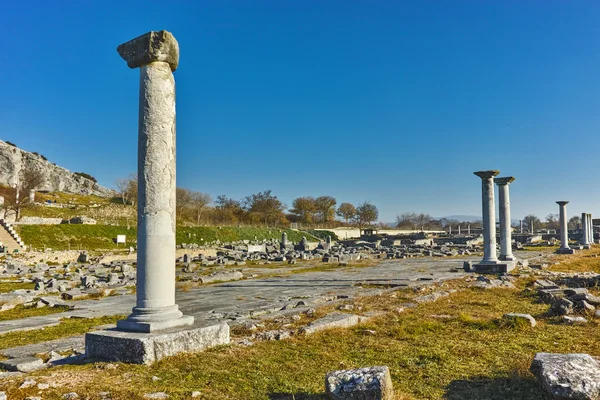
Students from Higher Education Institutions in EU countries receive free admission year-round to all archaeological sites with a current student identification or International Student Identity Card. This permanent free access applies to all major sites throughout the year, not just on designated free days.
EU students can explore Athens’ archaeological heritage without budget constraints.
Like Travel Pug’s content? Follow us on MSN.
When Free Becomes Priceless
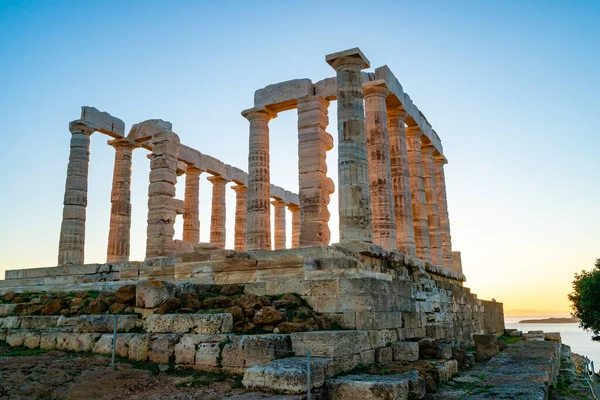
These free access opportunities transform Athens from an expensive tourist destination into an accessible historical classroom where anyone can connect with the foundations of Western civilization. The city’s commitment to free admission days reflects the democratic ideals that originated here, ensuring that economic barriers don’t prevent people from experiencing their shared cultural heritage.
Whether you’re a budget-conscious student, a resident, or a traveler seeking authentic experiences, these free access options prove that the most valuable lessons in history don’t require a price tag. Remember to bring identification for reduced admission categories and arrive early during free days, since these opportunities attract both locals and visitors who appreciate Athens’ generous approach to cultural access.
More from Travel Pug

- 20 Best Beach Towns in the Carolinas
- 13 Destinations Where Tourists Regularly Regret Their Trip
- 20 Things You Actually Get in First Class
- 20 Small Airports With Aviation Museums
- 20 Places in the U.S. That Are Perfect for a Reset Trip
Like Travel Pug’s content? Follow us on MSN.
